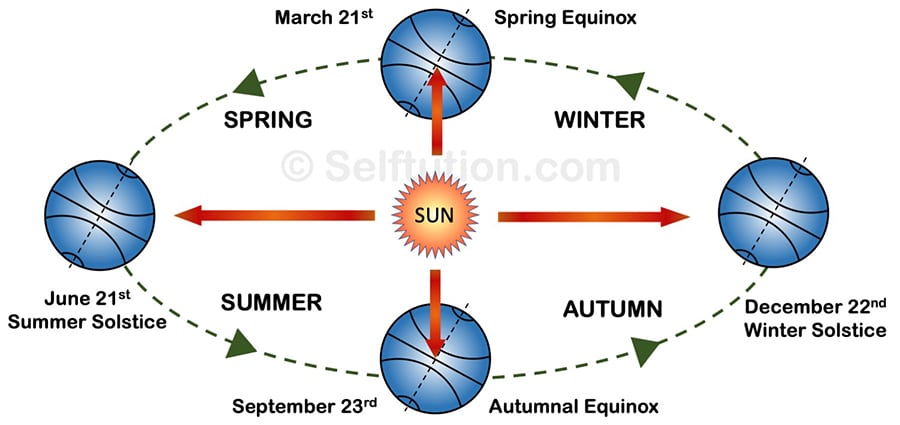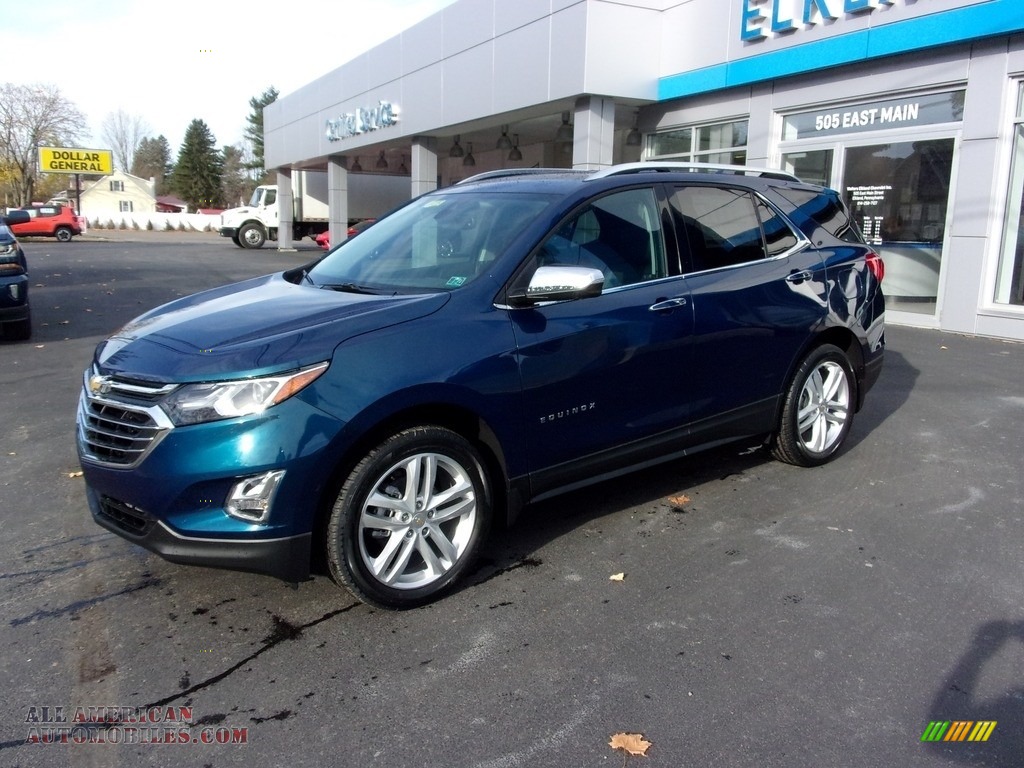
‘Sol’ in the Latin language means ‘Sun’ and ‘sistere’ means ‘to stop’. It occurs twice a year and makes the day and night of equal length in the Northern and Southern Hemispheres. It occurs twice a year and makes the day and night longer or shorter in the Northern and Southern Hemispheres. Characteristics of Solstice and Equinox – Comparative Analysis There are two types of equinoxes: vernal equinox and autumnal equinox. The term ‘Equinox’ is also derived from the Latin language, where ‘aequus’ means ‘equal’, while ‘nox’ means ‘night’. Thus, on this day, we get the same hours of night and day. It is a phenomenon that occurs twice a year and makes the days and nights on these days the same length of both the Southern and Northern Hemispheres. Thus, they hint towards the start of the seasons of spring and fall. What is an Equinox?Įquinoxes occur between the solstices, i.e., in March and September. There are two types of solstices: summer solstice and winter solstice.

It is the day with the most daylight in the whole year. When we look at the June Solstice in the Northern Hemisphere, we see that it indicates the astronomical start of summer. ‘Sol’ means ‘Sun’, while ‘Sistere’ means to ‘stand still’. The term ‘solstice’ has been derived from the Latin language. Thus, it marks the beginning of winter or summer. The solstice occurs in June and December. It is due to a number of factors, including the relationship of the Earth with the Sun, how tilted the axis of the Earth is and finally, how all these factors influence the lives of the inhabitants of planet Earth. Scientists target these dates specifically as the boundary between the various seasons. Thus, it is essential to understand the characteristics of the Solstice and Equinox. Similarly, the other two occur on two equinoxes in March and September. They occur on two solstices – one in June and the other in December. Today, we celebrate the equinox as an astronomical event caused by Earth’s tilt on its axis and its motion in orbit around the Sun.When we look at the seasons of our planet from an astronomical point of view, we notice that they change on four specific days every year. Additionally, earlier civilizations built the first observatories, like Stonehenge in Wiltshire, England, and the Intihuatana stone in Machu Picchu, Peru, to follow the Sun’s annual progress. They knew that the Sun’s path across the sky, length of daylight, and location of sunrise and sunset all shifted in a regular way throughout the year. The people of ancient cultures used the sky as a clock and calendar. We will also feel cooler days with chillier winds, and dry, falling leaves. In the Northern hemisphere, the September equinox marks the start of a period bringing us later sunrises and earlier sunsets.

But on these special days – the spring and fall equinoxes – the Sun shines almost equally on the Northern and Southern hemispheres. That’s because Earth’s axis is tilted with respect to the Sun-Earth plane. The rest of the year, the Sun shines unevenly over the Northern and Southern Hemispheres. This only happens twice in Earth’s year-long trip around the Sun. Spring twilight at the North Pole begins a few weeks before the vernal, or spring, equinox in March, when the Sun rises above the horizon again. Credit: NASA/JPL-CaltechĪlong with marking the beginning of astronomical fall, the Sun will be exactly above Earth’s equator, moving from north to south, making day and night nearly equal in length – about 12 hours – throughout the world.Īt the North Pole, over the upcoming days, the Sun will sink below the horizon for a kind of twilight from now until sometime in October when it will be completely dark, according to NASA solar scientist Mitzi Adams. During the equinoxes, both hemispheres receive equal amounts of daylight. An illustration of the March (spring) and September (fall or autumn) equinoxes. 1, however, the September (or fall) equinox gives us the green light to welcome the astronomical fall season in the Northern Hemisphere (and astronomical spring season in the Southern Hemisphere).

In meteorology, the fall season begins on Sept.


 0 kommentar(er)
0 kommentar(er)
